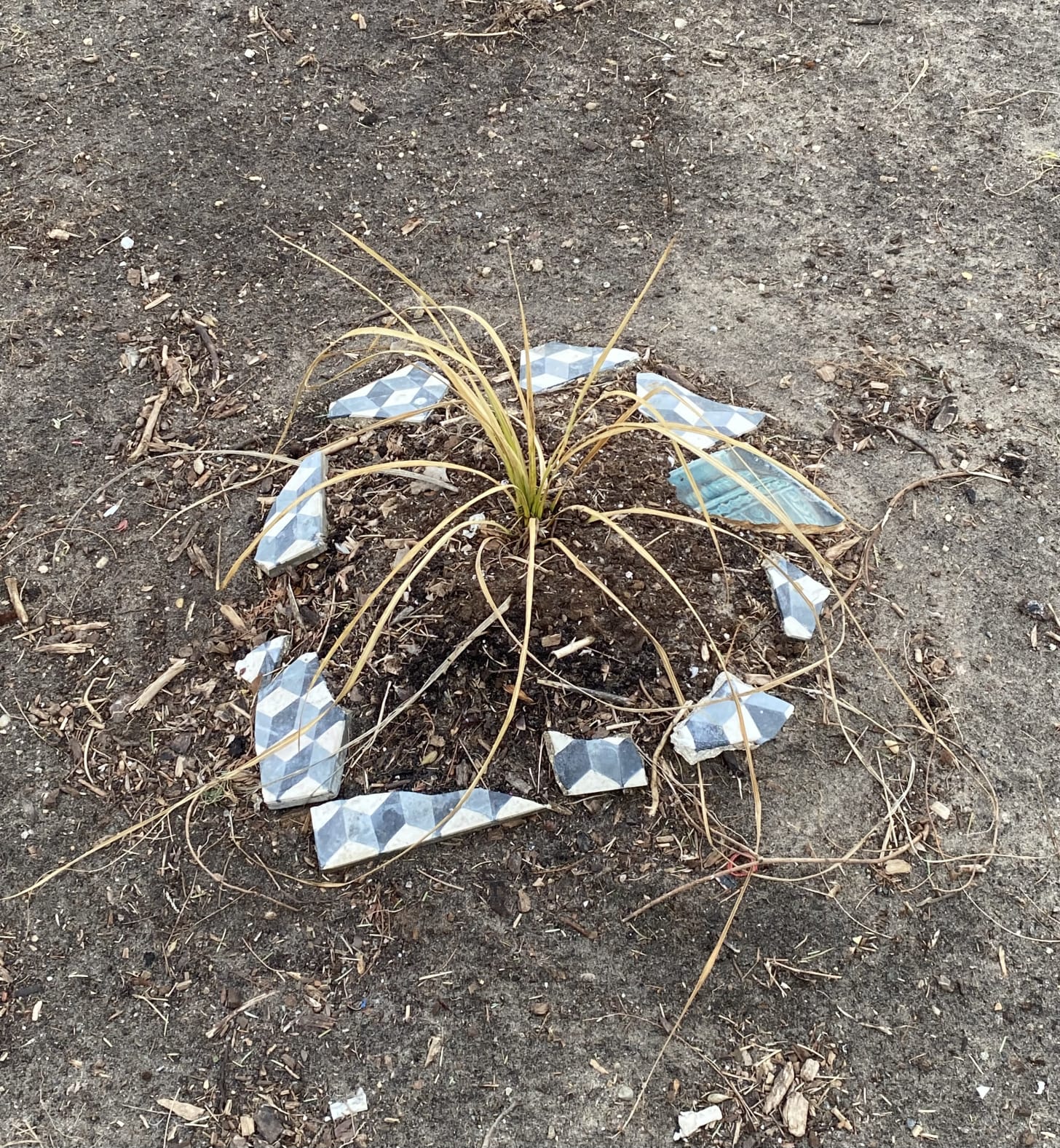Failing hard, then fast
Voila!
The “Few” routine entries of writing very much did become the “Far In-Between”. With my last submission being in July, my only excuse was that I became saddled by the book-making and editing of Little Odessa, A Brighton Beach Anthology. At some point in the coming weeks, I plan to publish one of the essays from the book, as the cataloging process for the archived copies may take time before becoming officially available to the public (more on that soon).
As we embark on our seasonal purgeries of all things ill-fitting, out-of-fashion, and abandoned, the feeling of “refreshed” ambitions is ubiquitous with spring. But in my wriggling-out-of-overdue-tasks today, I wanted to write briefly about failure. Ouch. We hate that stinky little word more than whatever follows after it.
Admitting to failure—and to failing—is painful not because of its results and how others might acknowledge this failure (as we often, but not always, end up exactly where we had started). It is awful because of its totalizing end. That the possibility of a possibility did not, in fact, come to be.
I have failed on so many occasions over the last year. In fact, at times it felt as if I was failing at something new every day. My first “insurmountable” failure was the rejection of my Fulbright application to Hungary in 2024 (surprise to whoever didn’t know that I had applied in the first place). I was recognized as a semi-finalist, alongside glittering feedback from my university advisors in January, but by March, my mission to investigate historical archives in Budapest had Buda-pooted. I have a sneaking suspicion that perhaps the artistic examination of complicated political propaganda materials flew too close to the sun…
After that, I had received a wave of un-acceptances to various residency programs across the country (you know the ones that demand you reapply at least three times). I labored over artist grants and fellowship too, but even those did not result in a meaningful outcome. Every rejection felt deeply personal and tacked onto the small mound of uncertainty that had started to grow in my belly.
And then one day, I decided to no longer care.
I decided that if I had let the proposals and visions that had been accepted—and many ways institutionally tolerated—have any persuasion over the creative inquiry I wanted to tackle, then so be it. Believe me, it is an unsolvable mystery why some less-than-coherent proposals get selected over others.
When I stopped caring, I relinquished myself to failing fast. From my self-defined expectations and perspective, I had already failed hard, so failing faster would only maneuver me closer to where I really needed to be. The ability to fail faster made me resistant to the once-asphalting effects of failure, and with every “no,” I inched considerably closer to a “maybe.” And to some, maybe might still very much represent a “no”—but to me, it meant I was breathing distances away from a “yes.” And it was true. On more than one occasion, a board or committee member made the additional effort to inform me that my application had made it to the final selections or rounds of review. Some of those “maybes” even became definitive “yeses” in areas I least expected.
The point of failing is very rarely only to identify where a discrepancy in our knowledge, relationships, or experiences may exist—it is also to become unafraid of failing faster, and subsequently to fail more often. So embrace spring not for the new hopes and possibilities it promises, but for the de-weeding, raking, and fertilizing we must wrangle before we welcome whatever blossoms in its place.




